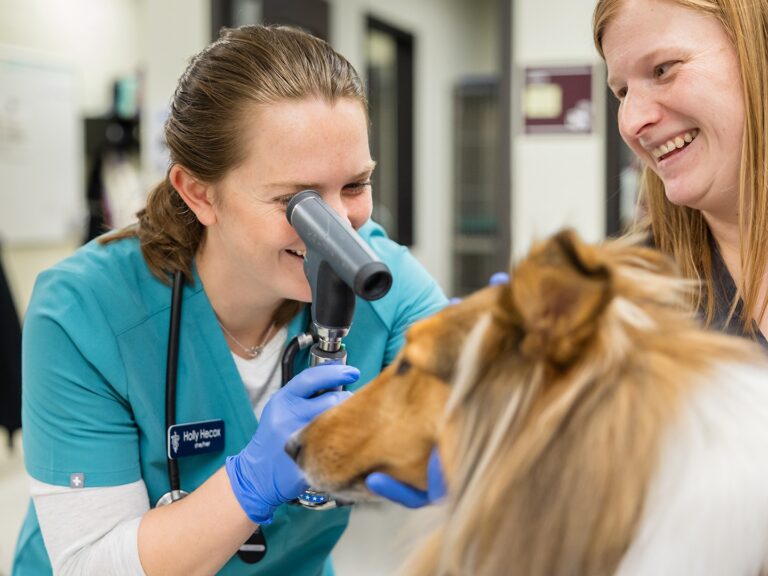
By Taelor Smith, Contributing Writer
Fort Bend ISD’s Small Business Enterprise Program held a workshop to better connect businesses with resources and networks. Attendees were lucky enough to receive great information from a number of great speakers including Julie Irvin of Keystone Resources. Irvin shared key tips to increase the chances of winning proposals. Speaking from her own experience of being a small business President and CEO, following particular actions when submitting proposals has kept her business at an 87%-win rate, granting Keystone Resources and its clients a total of $3.5 billion in projects over the years. Below are just a few tips Irvin provides to make sure your proposal stands out from others.
- Participate in a mentor and/or agency program to gain better understanding in business relationships, business skills, and have the opportunity to network with established firms. Many small businesses who have participated in such programs have grown exponentially and expanded their network to be recognized by notable city, state, and even national agencies. One such program in the Houston area is a combined effort between The City of Houston Office of Business Opportunity, METRO, Houston Independent School District, and Port Houston, which offers the Interagency Mentor Protégé Program.
- Track your win rate and capture ratio for your business. Your win rate equates to the number of RFPs won over the number of RFPs submitted. Your capture ratio equates to the value of RFPs won over the number of RFPs lost. Keeping track of your numbers allows you to keep track of your business growth. Contractors use these numbers to better determine and decide on those who will win bids.
- Be compliant and responsive to RFPs. Simply following guidelines and instructions drastically increases the chances of your proposal being considered. Pay attention to deadlines to turn in your proposal on time. Make sure you’re meeting the needs that are being asked. More importantly, follow correct RFP submission guidelines such as the proposal being in the required format or within page requirements, and it is contained in the right presentation, like a binder or folder. Even the smallest misstep could run the risk of your proposal being discarded.
- It’s very important to know the budget of the project and the incumbent of the project when preparing your RFP. This plays a role in what you should expect as the incoming subcontractor. Having a handle on the budget sets the guidelines of your spending and the return you will receive when the project is complete. Knowing the incumbent of the project gives you a chance to study what they are doing with the project and prepares you to maintain certain aspects or change others.
These few tips should give a better outlook on RFPs and improving the way you submit your proposals. There’s no sure way to know how contractors determine who will win the bid, but taking a few extra measures to ensure your proposal represents your business well could never hurt.







